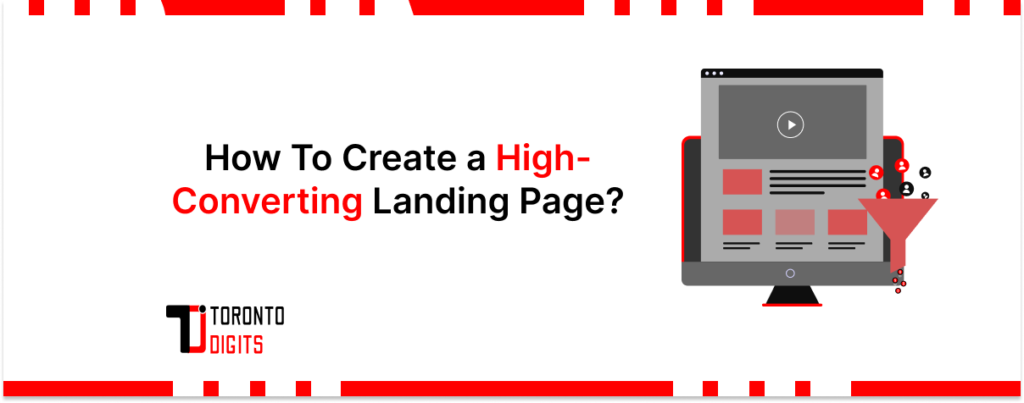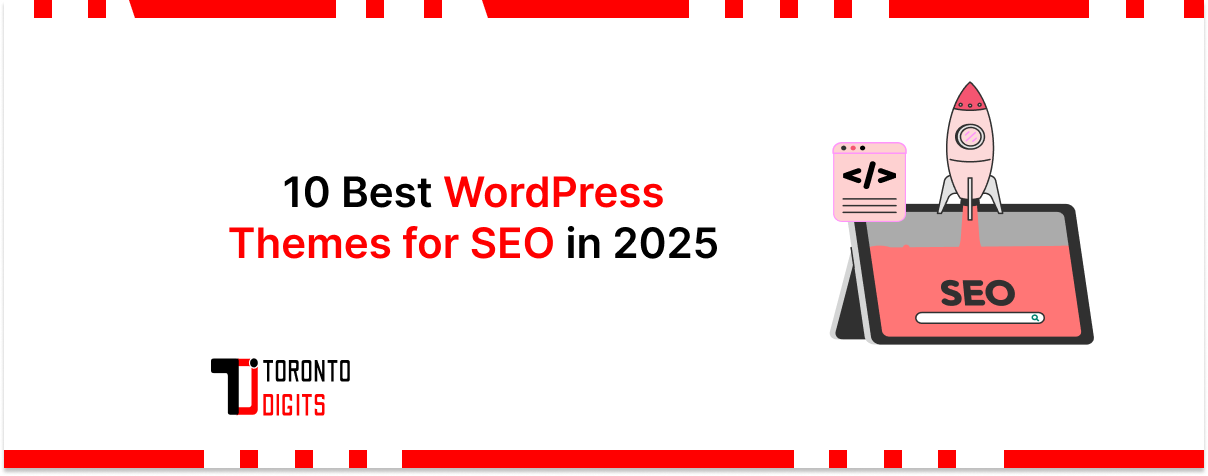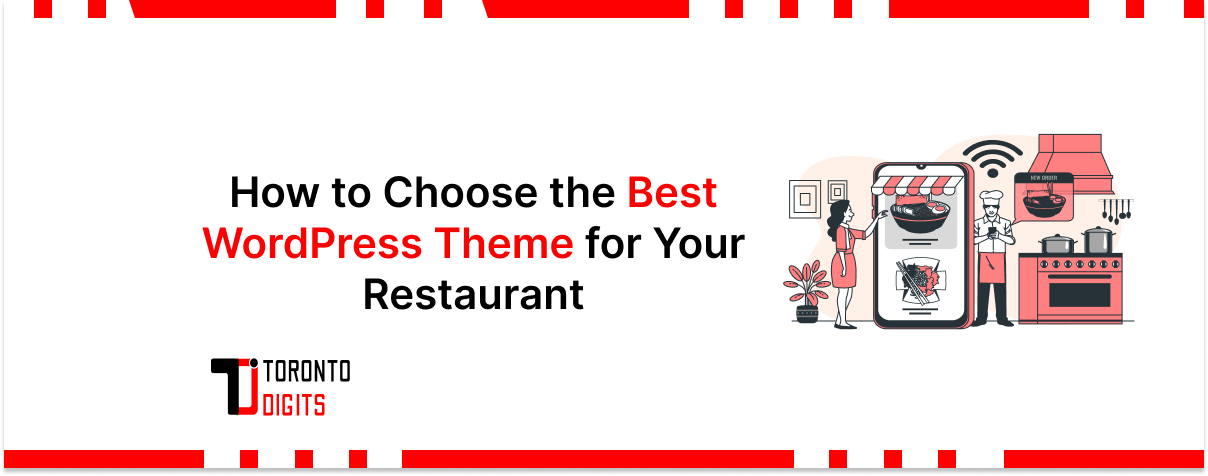In today’s digital age, where online presence is paramount for businesses, the importance of a well-crafted landing page cannot be overstated. Page builders help create high-converting landing pages, giving even non-coders the tools to design with impact. A landing page serves as the gateway to conversions, whether it’s generating leads, making sales, or increasing sign-ups. Dynamic content improves landing page performance by tailoring the experience to each visitor’s needs.
However, creating a high-converting landing page requires a strategic approach that encompasses design, copywriting, optimization, and analytics. Social media marketing drives traffic to landing pages, expanding your reach beyond organic search. SEO optimization for better landing page ranking ensures your page appears where your audience is searching. Additionally, leveraging plugins for conversion optimization can significantly boost results.
In this comprehensive guide, we’ll delve into the intricacies of crafting landing pages that not only attract visitors but also compel them to take action.
You’ll learn how to:
- Understand the purpose and key elements of high-performing landing pages
- Optimize page design for conversions
- Write persuasive copy and content
- Convert more visitors into leads and sales
- Continuously analyze and improve landing page performance
By the end, you’ll have the knowledge and strategies needed to design converting landing pages that capture more leads and drive revenue growth.
Understanding Landing Pages
What is a Landing Page?
A landing page is a standalone web page designed with a specific goal in mind, such as capturing leads or promoting a product/service. Unlike other web pages, a landing page is focused on a single call-to-action (CTA) to drive conversions effectively.
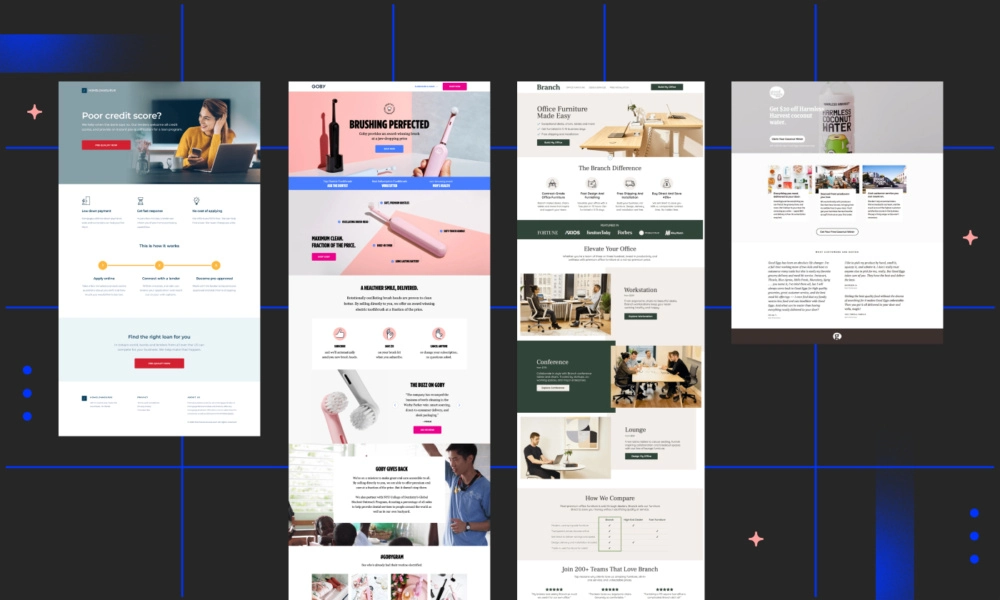
Importance for Businesses and Marketers
Landing pages play a crucial role in marketing campaigns by providing a targeted experience for visitors. They serve as a bridge between marketing efforts and desired actions, making them indispensable for businesses looking to maximize their online presence.
Key Metrics: Conversion Rate, Cost per Acquisition, ROI
The success of landing pages is measured by conversion rate, cost per acquisition (CPA), and return on ad spend (ROAS):
- Conversion rate = percentage of visitors taking the desired action
- CPA = cost to acquire each customer
- ROAS = revenue generated per $1 spent on ads
Businesses can determine viability by calculating potential ROI before creating a landing page.
Read More: You can also read our complete guide on Paywall for Monetization on WordPress
Designing an Effective Landing Page
Layout and Visual Elements
The layout and visual elements of a landing page play a crucial role in capturing the attention of visitors and guiding them toward the desired action. A visually appealing design, coupled with clear messaging and intuitive navigation, can significantly enhance conversion rates.
Mobile Responsiveness
With the increasing prevalence of mobile devices, optimizing landing pages for mobile responsiveness is essential. A mobile-friendly design ensures that users have a seamless experience across different devices, thereby maximizing reach and engagement.
Navigation and CTAs
Effective navigation and compelling CTAs are essential elements of a high-converting landing page. Clear and concise CTAs guide visitors towards the desired action, while intuitive navigation facilitates seamless exploration of the page content.
Page Speed and User Experience
Page speed and user experience are critical factors that can impact the success of a landing page. Slow loading times and cumbersome navigation can lead to high bounce rates and diminished conversions. Optimizing page speed and user experience is paramount for maximizing engagement and retention.
Crafting Compelling Copy and Content
Writing Persuasive Copy
Compelling copywriting is the cornerstone of a successful landing page. By crafting persuasive headlines and benefit-focused copy, businesses can effectively communicate the value proposition and compel visitors to take action.
Personalization Strategies
Personalization strategies allow businesses to tailor the landing page experience to the individual preferences and needs of the target audience. By customizing content and offers based on user demographics, behaviors, and preferences, businesses can enhance relevance and engagement.
Optimizing CTAs
The effectiveness of CTAs hinges on factors such as language, placement, and design. By using clear and compelling language, strategically placing CTAs throughout the page, and optimizing design elements for maximum visibility, businesses can encourage conversions and drive results.
Incorporating Social Proof
Social proof elements such as testimonials, reviews, and endorsements can bolster credibility and trustworthiness, thereby increasing the likelihood of conversions. By showcasing positive feedback from satisfied customers, businesses can instill confidence in prospective buyers and alleviate concerns.
Converting Visitors into Leads and Customers
Boosting Conversion Rates
Boosting conversion rates requires a combination of strategic tactics and continuous optimization efforts. By analyzing user behavior, identifying pain points, and testing different approaches, businesses can refine their landing pages to maximize conversions effectively.
Multi-Channel Lead Generation
Diversifying lead generation efforts across multiple channels enables businesses to reach a broader audience and capture leads through various touchpoints. Whether it’s through organic search, paid advertising, social media, or email marketing, leveraging multiple channels can amplify lead-generation efforts and drive results.
Retargeting Strategies
Retargeting allows businesses to re-engage visitors who have previously interacted with their landing pages but haven’t converted. By serving targeted ads to these individuals across various digital platforms, businesses can stay top-of-mind and encourage them to return and complete the desired action.
Advanced Conversion Techniques
Advanced conversion techniques, such as offering demos, consultations, or trials, can be effective in persuading prospects to take the next step in the buyer’s journey. By providing value-added incentives and personalized experiences, businesses can accelerate the conversion process and drive meaningful results.
Analyzing and Optimizing Performance
Interpreting Landing Page Analytics
Interpreting landing page analytics provides valuable insights into user behavior, engagement metrics, and conversion rates. By analyzing key metrics such as bounce rates, time on page, and conversion funnels, businesses can identify areas for improvement and optimize their landing pages for better performance.
A/B Testing
A/B testing involves comparing two or more variations of a landing page to determine which one performs better in terms of conversions. By testing different elements such as headlines, CTAs, and visuals, businesses can identify winning variations and refine their landing pages for optimal results.
CPA and ROI
Improving cost per acquisition (CPA) and return on investment (ROI) requires a holistic approach focusing on maximizing conversions while minimizing costs. By optimizing targeting, ad spending, and conversion funnels, businesses can enhance ROI and drive sustainable growth.
Ongoing Performance Analysis
Continuous performance analysis is essential for maintaining the effectiveness of landing pages over time. By regularly monitoring key metrics, testing new strategies, and adapting to changing market dynamics, businesses can ensure that their landing pages remain competitive and deliver measurable results.
SEO Optimization
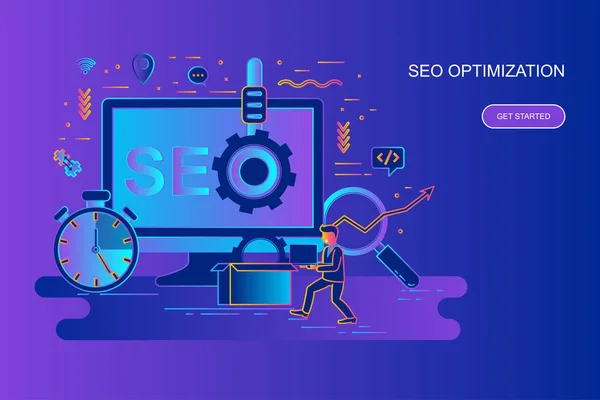
Strategic Keyword Placement
Strategically placing relevant keywords throughout the content helps improve search engine visibility and attract organic traffic to the landing page. By incorporating the target keyword “How To Create a High-Converting Landing Page?” naturally and strategically, businesses can enhance the page’s relevance and authority in search engine results.
Optimization Techniques for Titles, Meta Descriptions, and Headers
Optimizing titles, meta descriptions, and headers with relevant keywords helps improve click-through rates and visibility in search engine results pages (SERPs). By crafting compelling titles and meta descriptions that accurately reflect the content of the landing page, businesses can entice users to click through and explore further.
Content Structure and Readability Considerations
Maintaining a clear and organized content structure enhances readability and user experience, which are important ranking factors for search engines. By using descriptive headers, bullet points, and concise paragraphs, businesses can make it easier for users to digest information and navigate the page seamlessly.
Internal Linking Strategies
Strategic internal linking to relevant blog posts or website pages helps distribute link equity throughout the site and improve overall SEO performance. By linking to related articles or resources within the content, businesses can provide additional value to users and encourage them to explore other pages on the site, thereby increasing engagement and time on the site.
Don’t Miss!! Our essential guide on WordPress SEO
Common Landing Page Mistakes and Advanced Strategies
Avoid Common Pitfalls
Common landing page mistakes such as cluttered design, confusing messaging, and poor usability can undermine the effectiveness of a landing page. By identifying and addressing these pitfalls, businesses can improve user experience and increase conversions.
Explore Advanced Strategies
Advanced strategies such as personalization, automation, and AI integration can take landing page optimization to the next level. By harnessing the power of emerging technologies and innovative techniques, businesses can enhance targeting precision, streamline processes, and deliver superior user experiences.
Final Notes
Clear and Concise Writing
Maintaining a clear and concise writing style is essential for enhancing readability and engagement. By using simple language, avoiding jargon, and structuring content logically, businesses can ensure that their message resonates with the target audience and drives desired actions effectively.
Utilize Visuals for Enhanced Engagement
Incorporating visuals such as images, infographics, and screenshots can enhance engagement and break up large blocks of text. By supplementing written content with visually appealing elements, businesses can capture attention, communicate complex concepts more effectively, and improve overall user experience.
Provide Actionable Insights for Immediate Application
Providing actionable insights and practical tips throughout the content empowers readers to implement the strategies discussed immediately. By offering step-by-step instructions, examples, and best practices, businesses can help readers overcome challenges, achieve their goals, and drive tangible results.
Creating a high-converting landing page is not just about designing an aesthetically pleasing layout or crafting persuasive copy; it’s about understanding the needs and preferences of your target audience and delivering a seamless user experience that addresses their pain points and motivates them to take action. By following the principles outlined in this guide and leveraging the latest SEO techniques, businesses can create landing pages that not only attract visitors but also convert them into loyal customers, driving long-term success and growth.
Remember, the key to success lies in continuous experimentation, optimization, and adaptation to changing market dynamics. By staying agile and responsive to feedback, businesses can refine their landing pages over time, maximize conversions, and stay ahead of the competition in today’s competitive digital landscape.
Next Read: Liked this Guide, Your next read should be our roundup of up-and-coming web design trends of 2024

